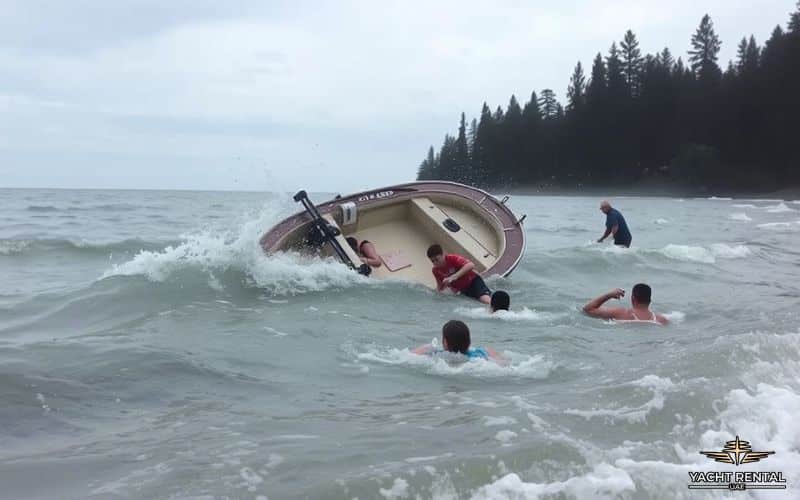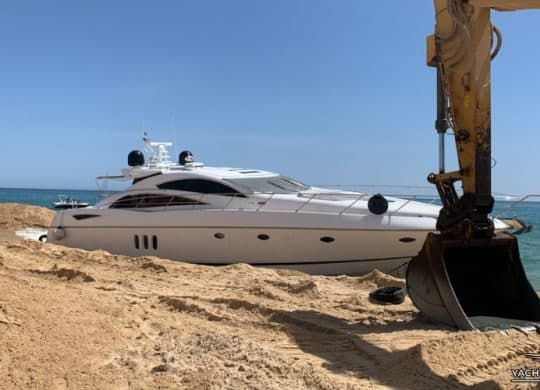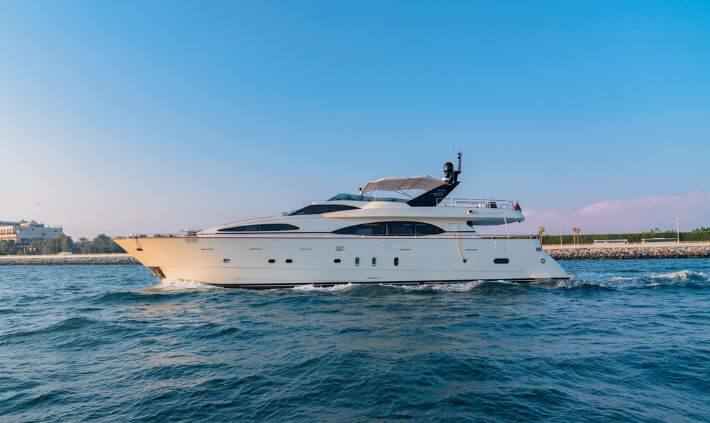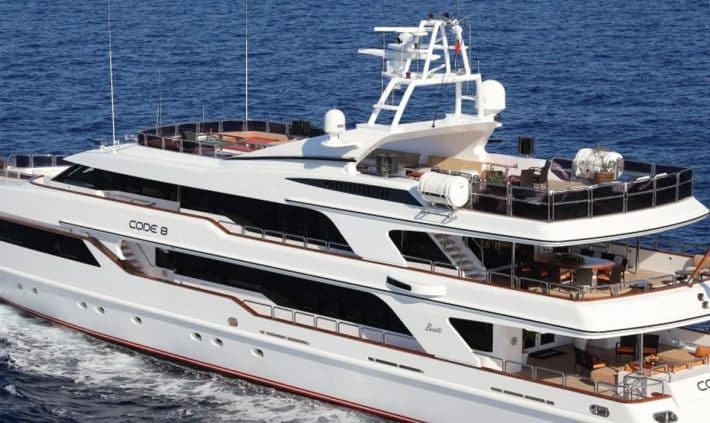How Do You Signal for Help If Your Boat Capsizes?
If your boat capsizes, signaling for help requires a combination of pre-trip preparation and using onboard equipment. Before departure, file a float plan with a trusted contact who can send a message to the authorities if you fail to return.
Carry visual distress signals like flares or smoke flares, which are critical for daytime or nighttime visibility. Auditory tools such as whistles or horns can attract nearby vessels. An Emergency Position-Indicating Radio Beacon (EPIRB) transmits your location to rescue services via satellite, making it invaluable in remote areas.
Wearing bright clothing enhances visibility, while reflective tape on life jackets aids aerial spotting. If possible, climb onto the hull to increase your profile for rescuers.
What are the Best Ways to Stay Warm After a Boat Capsizes?
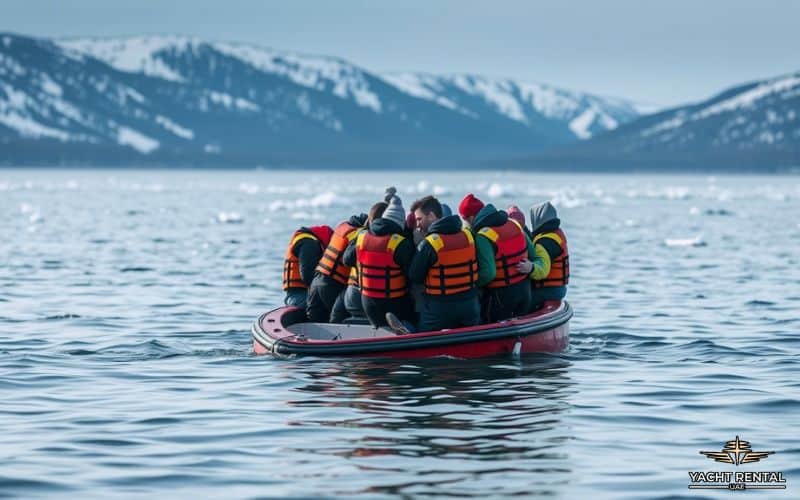
Staying warm after capsizing is vital to prevent hypothermia. Immediately exit the water by climbing onto the overturned hull or floating debris. Assume the Heat Escape Lessening Posture (HELP), tucking your knees to your chest and then wrapping your arms around them, which reduces heat loss.
If with others, huddle together to share body warmth. Wear a life jacket to conserve energy and maintain buoyancy while minimizing movement. Thermal protection gear like floater suits or dry suits, if available, provides insulation. Avoid swimming unless the shore is near, as exertion accelerates heat loss. Prioritize staying dry and shielding yourself from wind using any available materials.
What Should You Do if Someone is Injured During a Boat Capsizing?
First, ensure all passengers are accounted for and wearing life jackets. For minor injuries, administer basic first aid, such as applying pressure to bleeding wounds. If serious injuries like fractures or spinal trauma occur, immobilize the victim using flotation devices or splints to prevent further harm.
Treat shock by keeping the person warm, lying flat, and elevating their legs unless spinal injury is suspected. Avoid moving those with head, neck, or back injuries unless absolutely necessary, as improper handling can worsen damage. Use emergency communication tools to expedite rescue, emphasizing the need for medical assistance.
Also Read: How Does Adding Mass to a Boat Affect its Ability to Float
Are there any Specific Tools or Equipment that can Help in a Capsizing Situation?
Essential tools include personal flotation devices (PFDs) for buoyancy and hypothermia prevention. Distress signals like flares, whistles, and EPIRBs enable effective communication with rescuers. A bailer or pump removes water from the vessel, improving stability.
The Antisink system, an automated flotation device, keeps boats afloat even when flooded. First aid kits address injuries, while thermal blankets or exposure suits mitigate cold stress. Navigation lights enhance visibility in low-light conditions and a life buoy aids in retrieving overboard individuals. Regular maintenance of these tools ensures functionality during emergencies.

